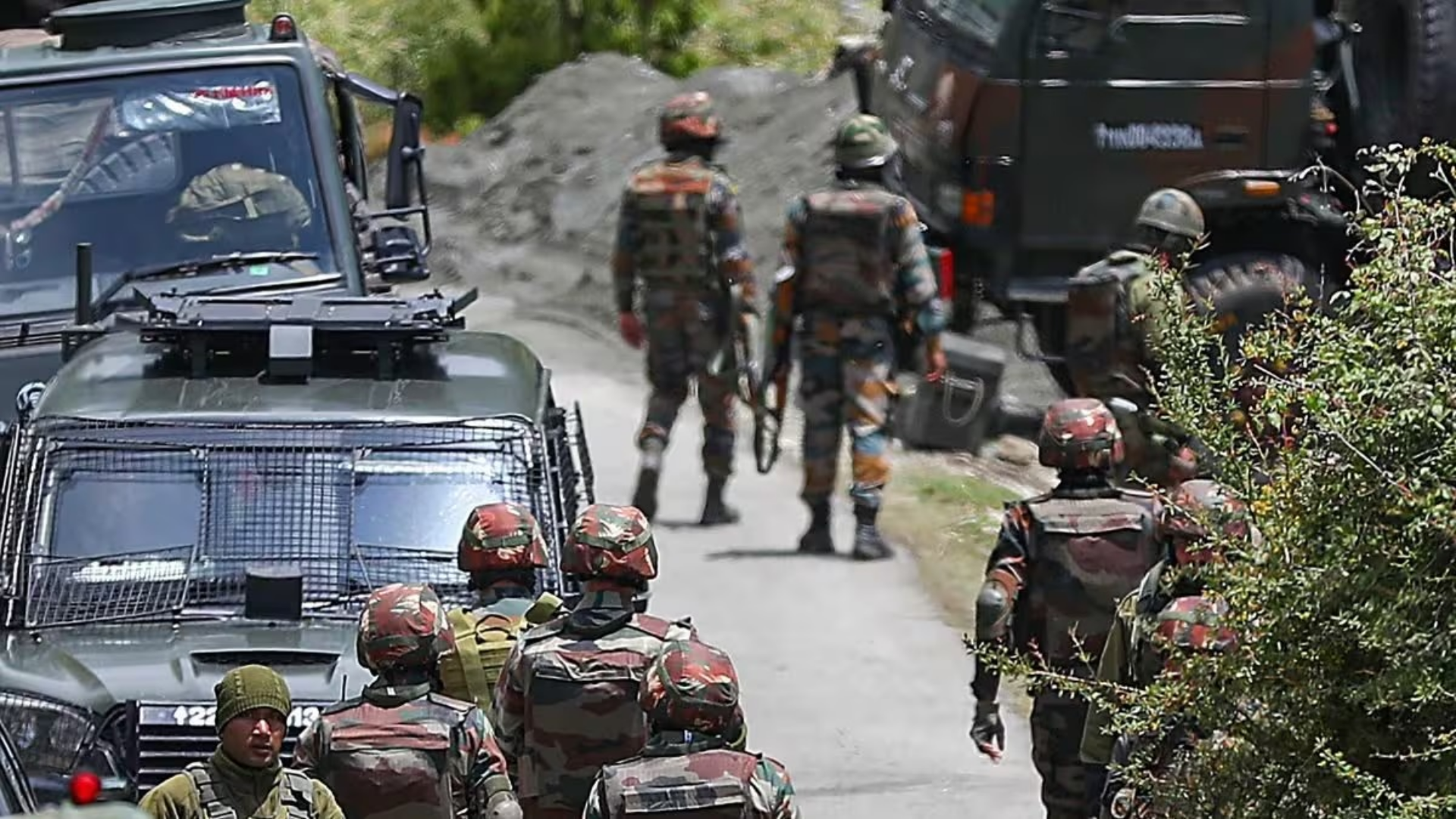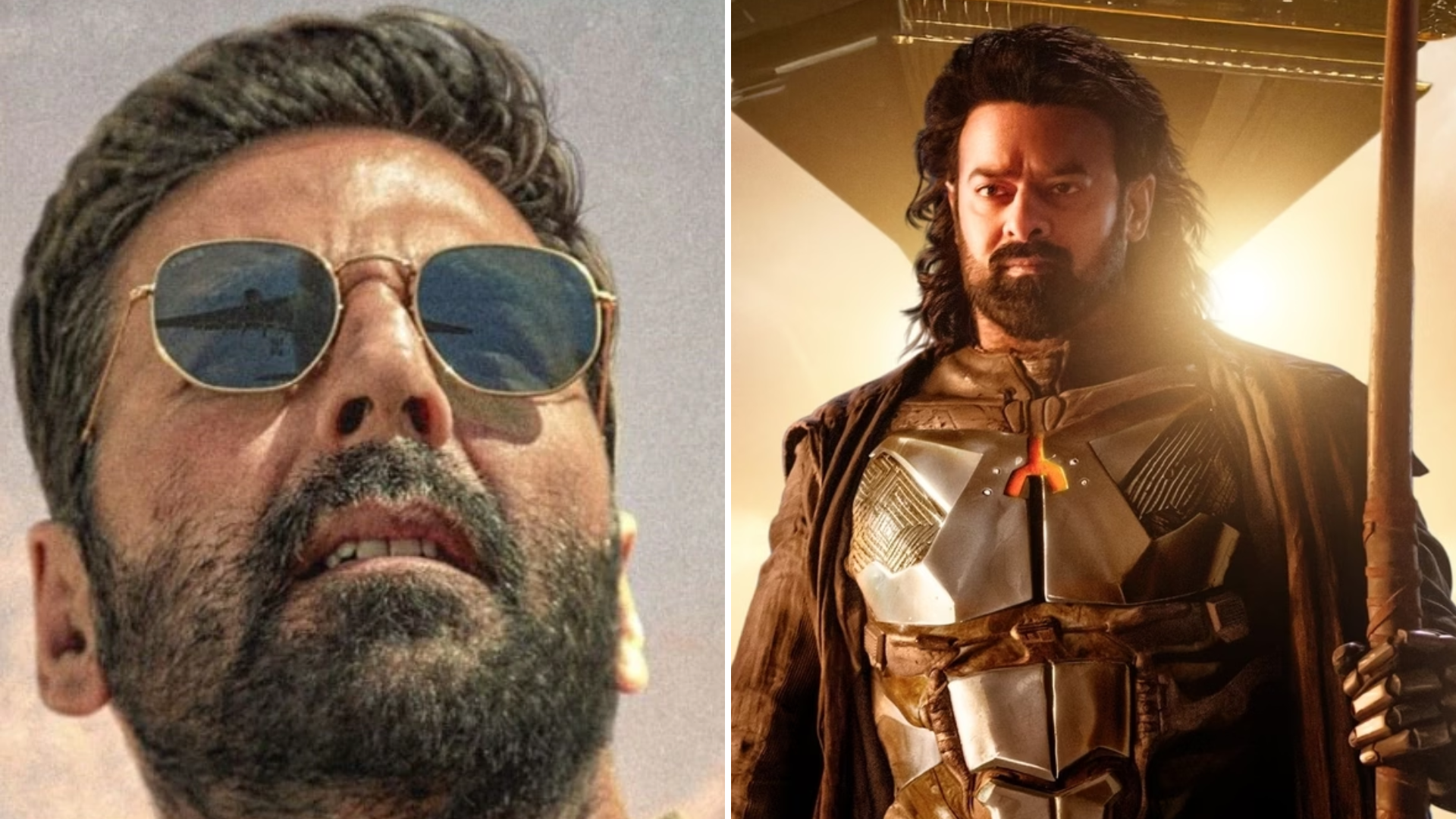









It was on June 30, 1908, when a massive asteroid outburst in Tunguska, a remote area of Siberia, destroyed almost 80 million trees by leveling 2,200 square kilometers of dense woodland.
Apophis, a 370-meter-diameter near-Earth asteroid that is thought to be the most dangerous of the modern era, will pass past Earth twice, on April 13, 2029, and again in 2036.
An asteroid impact that is 10 km or larger is considered to be an extinction-scale event, with the majority of species dying as a result of the fallout. It is thought that this kind of impact is what led to the demise of the dinosaurs. To defend Earth from asteroids, space agencies worldwide are constructing planetary defense systems.
Speaking To News18, ISRO Chief S Somanath said, “Our lifespan is 70-80 years and we don’t see such catastrophe in our lifetime, so we take it for granted that these are not likely. If you look at the history of the world and universe, these events are frequent…approach of an asteroid towards planets and its impact. I have watched an asteroid hitting Jupiter, Shoemaker-Levy hitting. If such an event happens on Earth, we all are extinct.”
“These are real possibilities. We must prepare ourselves. We don’t want it to happen to Mother Earth. We want humanity and all life forms to live here. But we can’t stop it. We have to find alternatives to it. So, we have a method by which we can deflect it. We can detect near-Earth approach and take it away and sometimes it might be impossible also. So, technology needs to be developed, prediction capabilities, ability to send heavier props up there to deflect it, observation improvement and joint working with other nations for a protocol,” he added.
A number of research missions aimed at exploring asteroids and returning samples have contributed to our growing understanding of asteroids in recent years. The DART mission’s recent successful demonstration of kinetic impactor technology for asteroid deflection has piqued interest in this sector worldwide. According to ISRO, targeted activities for planetary defense have also been started.
“It will take shape in the days to come. When the threat becomes real, humanity will get together and work on it. As a leading space nation, we need to take responsibility. It’s not just for India alone, it’s for the whole world that we need to take the onus on us to prepare and develop technical capability, programming capability to do that and ability to work with other agencies,” said the ISRO chief.
Leading experts from space agencies like JAXA and ESA gave technical talks at an event held by ISRO on June 30, World Asteroid Day. The topics covered included the Hayabusa-2 asteroid mission, ESA’s ongoing planetary defense and asteroid monitoring efforts, and the role of organizations like SMPAG (Space Mission Planning Advisory Group) and IAWN (International Asteroid Warning Network) in addressing asteroid impact threats.
Anil Kumar, Associate Director, ISRO Telemetry, Tracking and Command Network, stated, “Experiments are underway to determine if an asteroid is expected to hit within a year and if we are ready to defend.” (ISTRAC).








